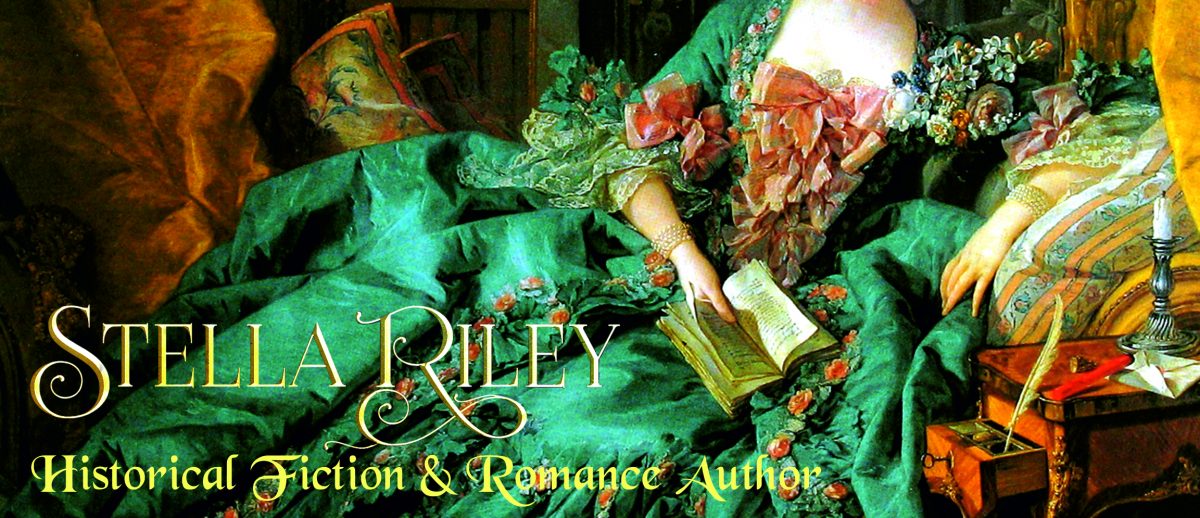Today is the 369th anniversary of the execution of Charles l and I’ll be attending the annual commemoration of it in Whitehall. Then, off to the Royal Academy of Art for Charles l: King and Collector … the first time this collection has been assembled since being sold off piecemeal after the king’s death.
On January 30th 1649 at around two o’clock in the afternoon, Charles 1 walked through his Banqueting House for the last time. It was no longer the beautiful room it had once been. It was dark and bare and the exquisite paintings by Rubens that graced its ceiling must scarcely have been visible in the dim light. But Charles knew those paintings well. They represented the triumph of wisdom and justice over rebellion and falsehood … an irony, given his current situation, that cannot have escaped him. Then, leaving them behind him, he stepped out through a window and on to the scaffold.

It was an exceptionally cold day. Charles had taken the precaution of wearing two shirts so that he wouldn’t shiver and be thought afraid. Outside in Whitehall, crowds of people had been waiting for several hours … stamping their feet and blowing on their fingers … and wondering if this unheard-of thing was actually going to happen.
The scaffold was draped in black and already crowded with people. Colonels Tomlinson and Hacker, several soldiers, two or three journalists and the executioner – who wore, not only a mask, but also a wig and a false beard; and between the platform and the waiting crowd, mounted troops stood ready to crush the first sign of trouble. They also created a barrier beyond which the King’s last words would not reach the ears of his people
Recognising this, Charles chose to address those around him. He spoke of his duty to both God and his country … of his innocence and the injustice of his sentence … and he forgave those who had brought him to this place. Finally, he handed the insignia of the Garter to Bishop Juxon with a single word. ‘Remember.’
The block was so low he had to lie flat in order to place his neck on it. A terrible silence fell over those on the scaffold, on the surrounding troops and on the crowd.
When the King stretched out his hands in signal and the executioner severed his head with a single blow there came from the people ‘such a groan as was never heard before‘.
In his words from the scaffold, Charles referred to himself as ‘the Martyr of the people’. Colonel Harrison (first of the regicides to be hanged, drawn and quartered) called him ‘that man of blood‘. Neither is completely true. My own view is that Charles was neither a particularly bad man nor even a particularly bad King. His problems were born of obstinacy, an unshakable belief in Divine Right … and an unfortunately tendency to play both ends against the middle; faults which don’t make him one whit worse than the fifty-nine men who signed his death warrant.
